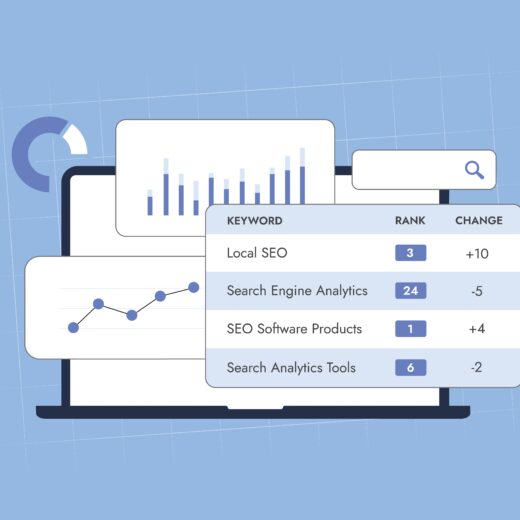Facebook Ads vs Instagram Ads: Which Delivers Better ROI?

Paid social media advertising is now a crucial component of most digital marketing strategies, but selecting the right platform can significantly impact your return on investment. Facebook and Instagram are both powerful advertising tools within Meta’s ecosystem, yet they behave differently in terms of audience, engagement and conversion performance. Understanding these differences helps ensure your budget is spent where it matters most.
Audience Reach and Targeting
One of Facebook’s biggest strengths is its broad demographic reach. With users spanning every age group, interest and lifestyle, it offers highly detailed targeting options that allow advertisers to refine their audience with precision. This makes Facebook particularly effective for businesses looking to reach older demographics or those with diverse customer profiles.
Instagram, meanwhile, is typically favoured by younger audiences. Its user base tends to be more visually driven, with strong engagement from those aged 18–34. While Instagram’s targeting options mirror Facebook’s, the platform’s cultural tone and content style mean certain brands—especially lifestyle, fashion, beauty and fitness—naturally thrive here.
Ad Formats and Creative Performance
When it comes to ad formats, both platforms offer similar options, including image, video, carousel and Reels ads. However, Instagram is undeniably more visually centred. High-quality photography, bold branding and short, punchy videos perform particularly well. This makes Instagram ideal for brands that rely heavily on aesthetics to draw attention.
Facebook offers greater variety in content styles and tends to accommodate longer-form videos, text-led ads and detailed product explanations. This flexibility makes it useful for businesses promoting complex services, B2B offerings or products that require more context before users convert.
Engagement vs Conversion
Instagram is the clear winner when it comes to engagement. Users scroll quickly but interact readily with visually appealing content. Likes, comments and saves are more common on Instagram, allowing businesses to build brand affinity and nurture early-stage interest.
However, Facebook consistently delivers stronger conversion performance for many advertisers. The platform’s older demographic is generally more willing to complete actions such as making a purchase, filling in a form or signing up for a service. Facebook’s news-feed layout and integration with desktop also support more considered decision-making, resulting in lower cost-per-conversion in many industries.
Cost and ROI Considerations
The cost of advertising on Facebook or Instagram varies depending on industry, audience and competition, but Instagram often commands higher CPCs due to its engagement-focused environment and younger user base. Facebook, by contrast, can provide more cost-effective conversions thanks to its broader demographic and user behaviour geared towards action.
That said, ROI depends on your goals. For brand awareness and engagement, Instagram frequently offers better value. For sales, lead generation and long-term profitability, Facebook often outperforms.
Which Platform Should You Choose?
The best choice depends on your objective and audience. Brands with visually appealing products targeting younger consumers may see exceptional results from Instagram. Businesses looking for cost-effective conversions, more detailed messaging and mature audiences will often achieve better ROI on Facebook.
For most advertisers, the strongest approach is a combination of both platforms. Testing creatives, audiences and placements across Meta’s ecosystem allows you to identify where your customers engage—and ultimately where they convert.







